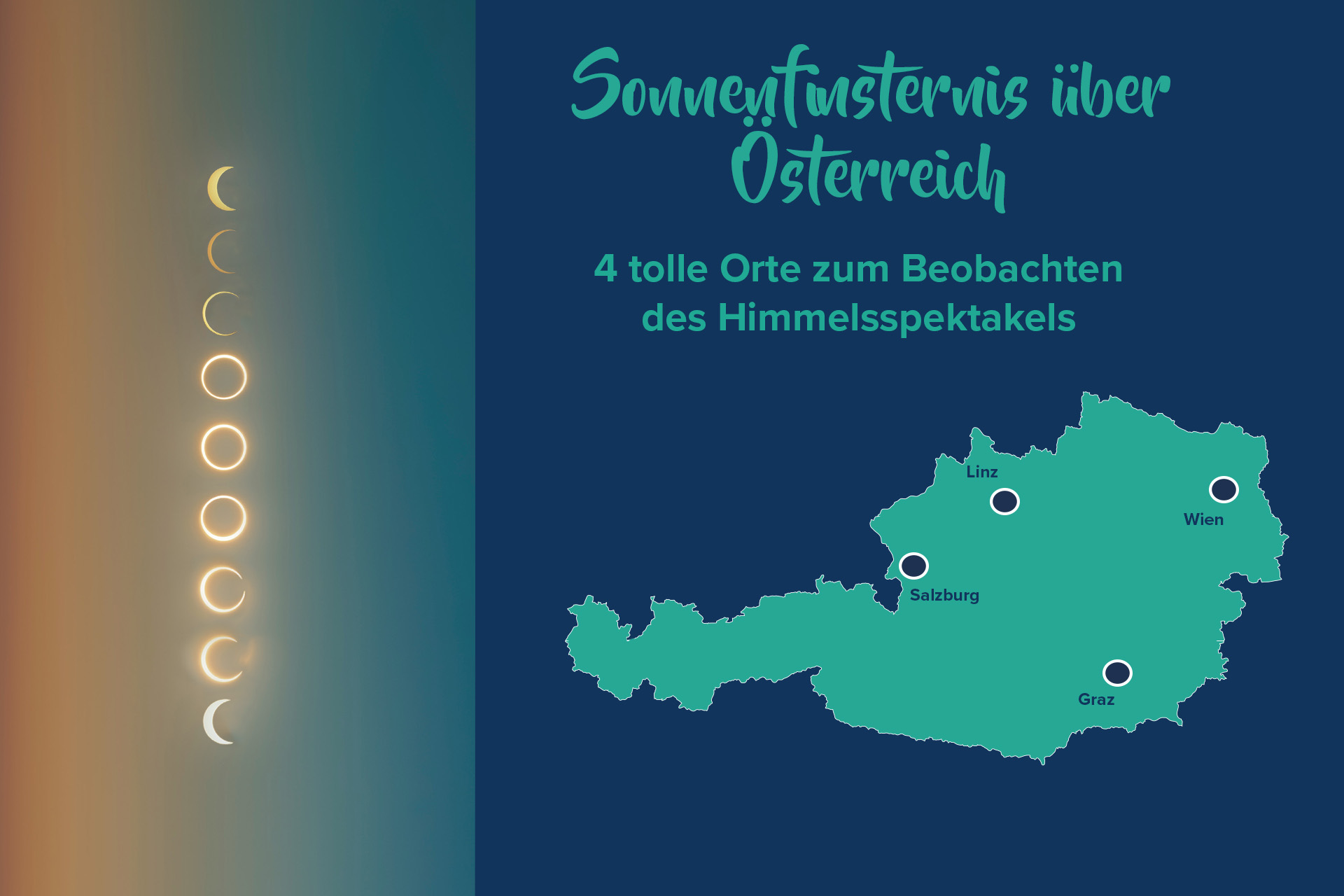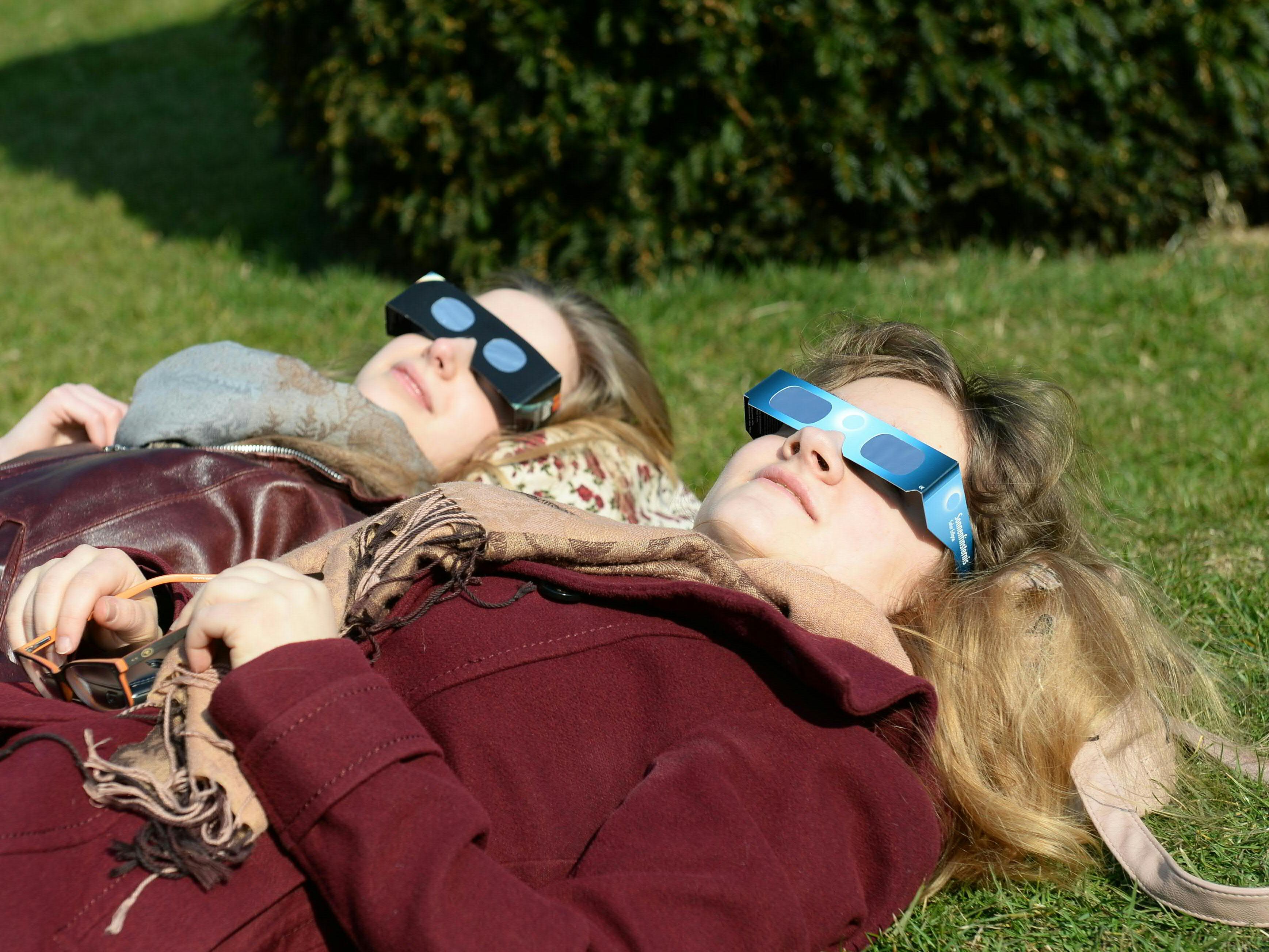In Vienna, the partial solar eclipse is expected to be clearly visible on Tuesday.
© APA / ROLAND SCHLAGER
The partial solar eclipse can also be seen in Vienna on Tuesday. Here you can find out where you can see them particularly well and how to protect your eyes.
Tuesday is that time again: A partial solar eclipse will be visible in almost all of Europe, Western Asia and Northeast Africa. The sky show can also be observed very well in Vienna. At VHS Urania and VHS Simmering the Viennese can observe the solar eclipse through a special telescope from 11:00 to 14:00 with free admission. Since humanity has always been fascinated by the thousand secrets of the universe, it is not surprising that special celestial events like this are always eagerly awaited.
Partial solar eclipse in Vienna – this is the best place to see it
The best places to see the solar eclipse in Vienna include the Urania Observatory or the VHS Simmering. All Viennese Adult Education Centers they also distribute so-called “Solar Spectators”, which are observation cards with a special movie to watch.
Partial solar eclipse in Vienna: how to look at it safely
The essentials in brief:
- The biggest blackout can be observed in the Northeast
- The next total solar eclipse won’t take place until September 3, 2081
- A solar eclipse is not the same as a solar eclipse
- The celestial phenomenon has been observed for over 4,000 years
- Care must be taken when observing
The four best places in Austria to see the solar eclipse

The solar eclipse on Tuesday in Austria
Seen from Vienna, the moon starts moving in front of the sun from 11:15 CEST, just under two hours later, at 13:27 CEST, the show is over again. The start time varies by a few minutes depending on the location.
The start of the eclipse should be located near Iceland, from where the penumbra of the moon is moving in a southeast direction, so the celestial event can be observed almost all over Europe, western Asia and Africa northeastern.
A maximum of five solar eclipses per year
At least two and a maximum of five solar eclipses can be observed in our sky every year, with a long-term average of 2.38 times a year. However, the visibility here strongly depends on where the observer is in the world.
More information on partial solar eclipse.


